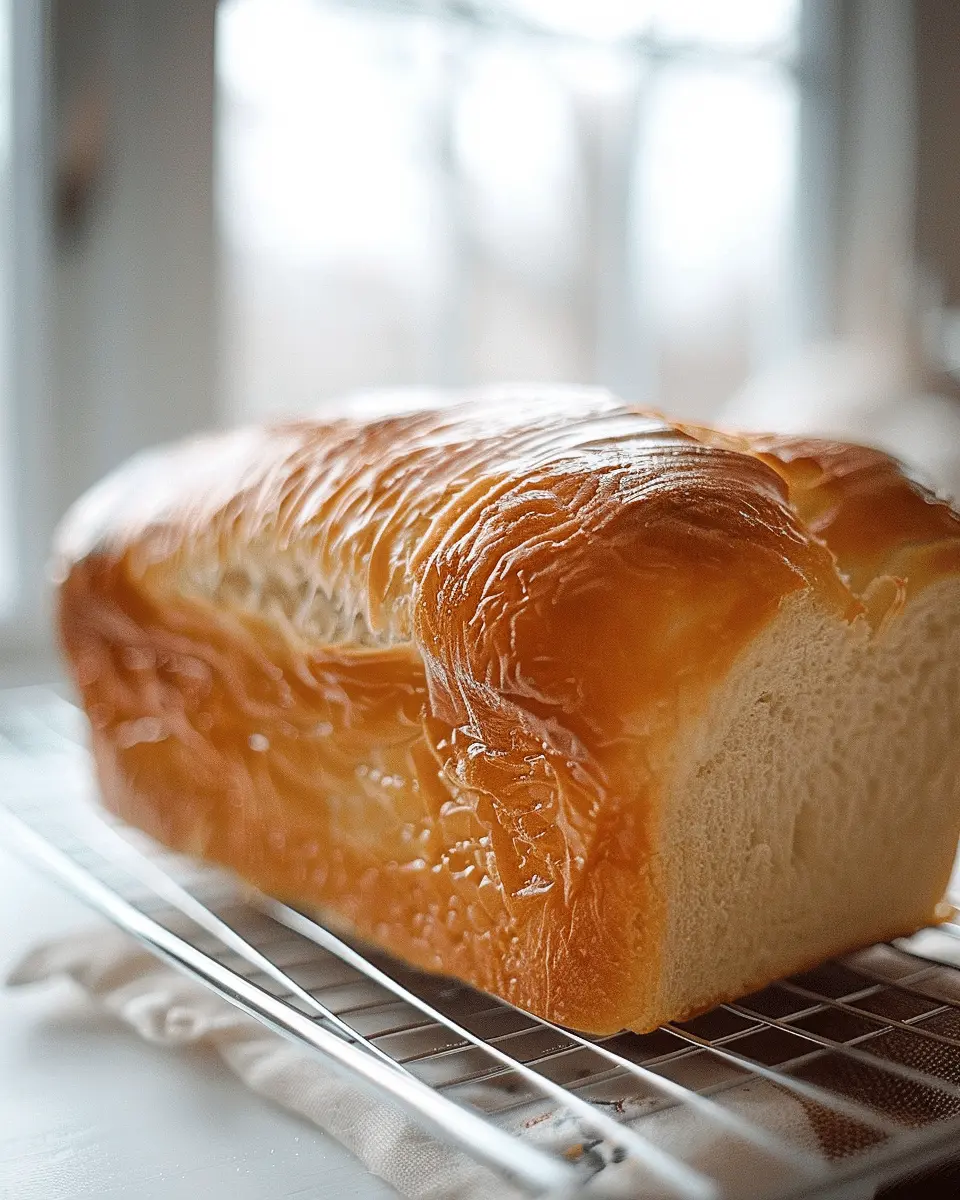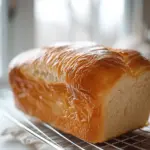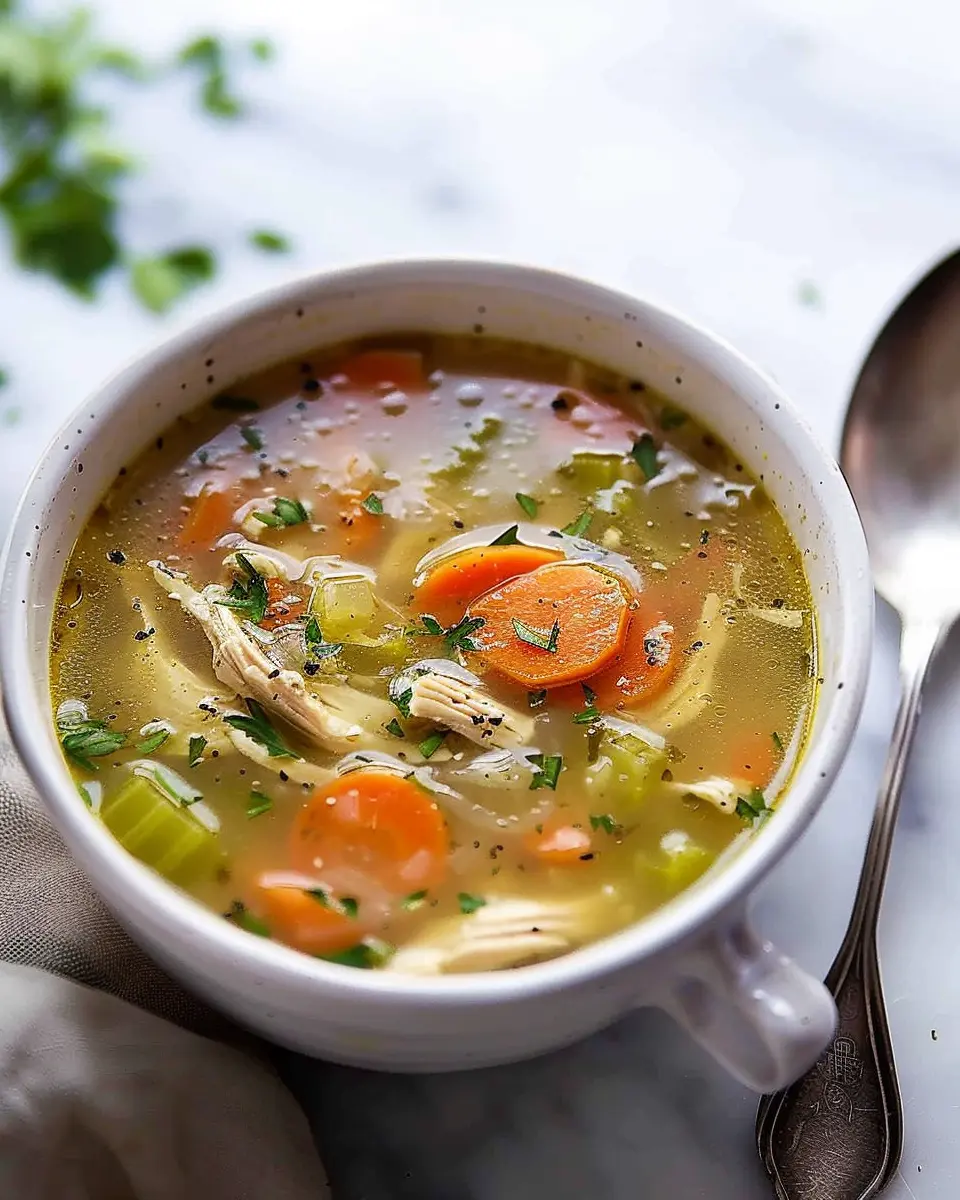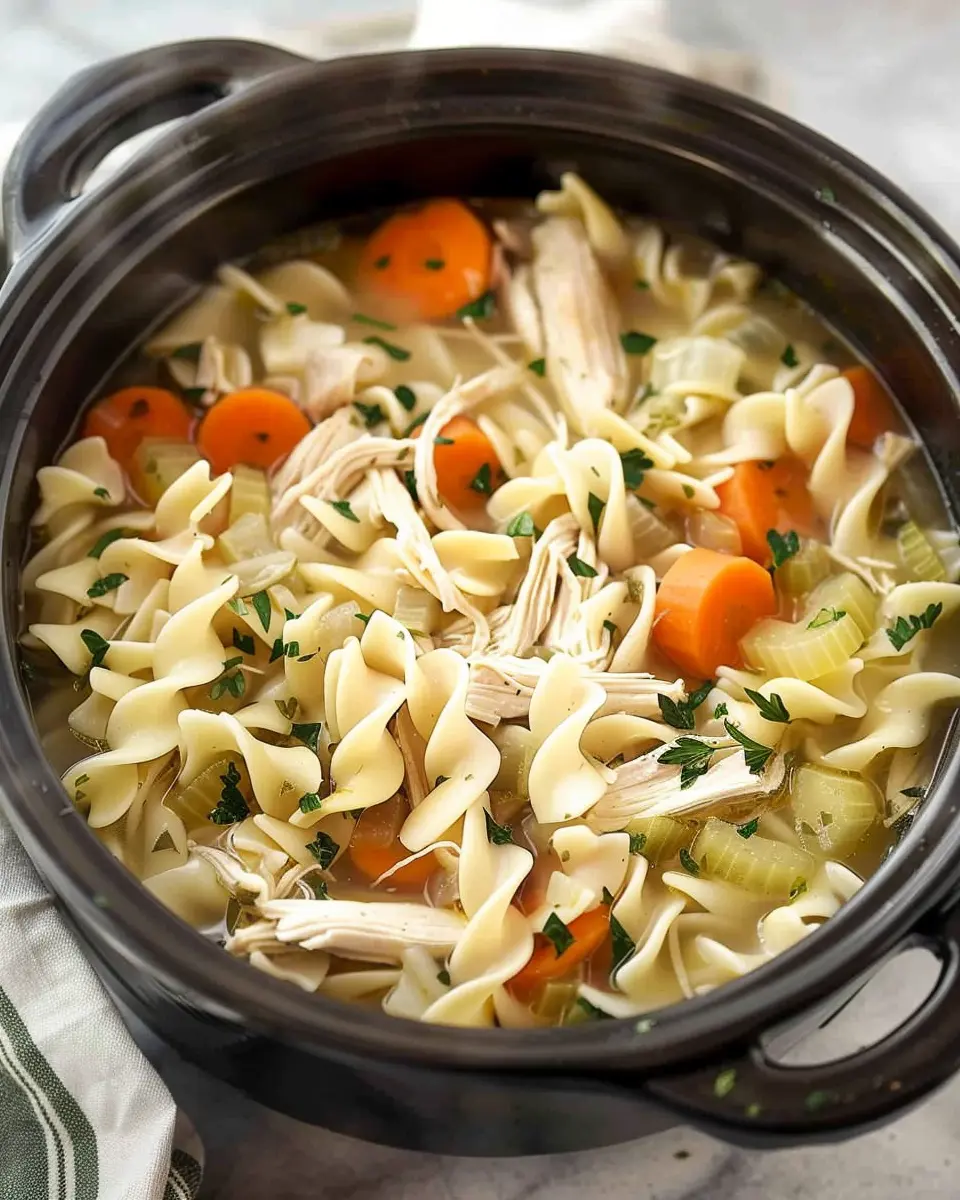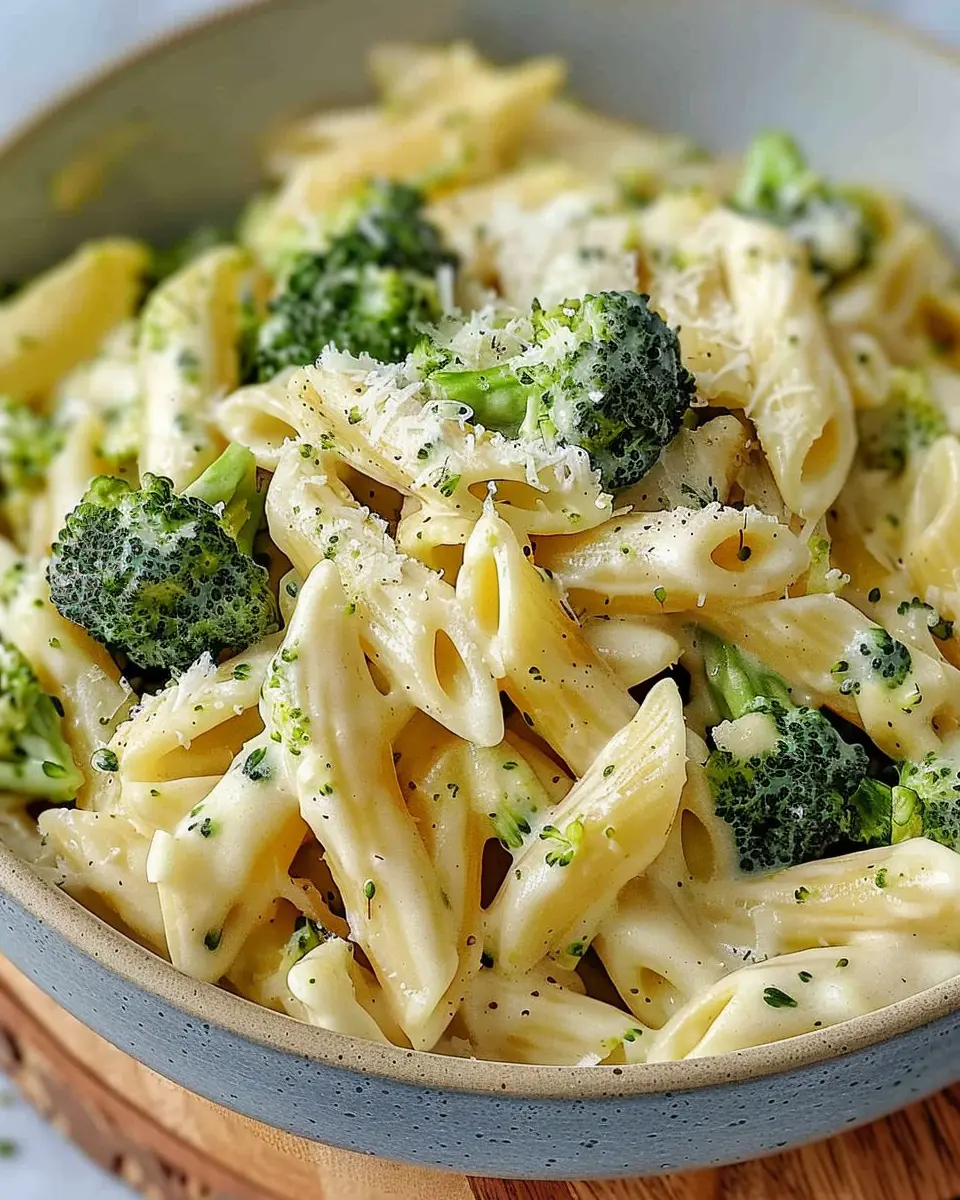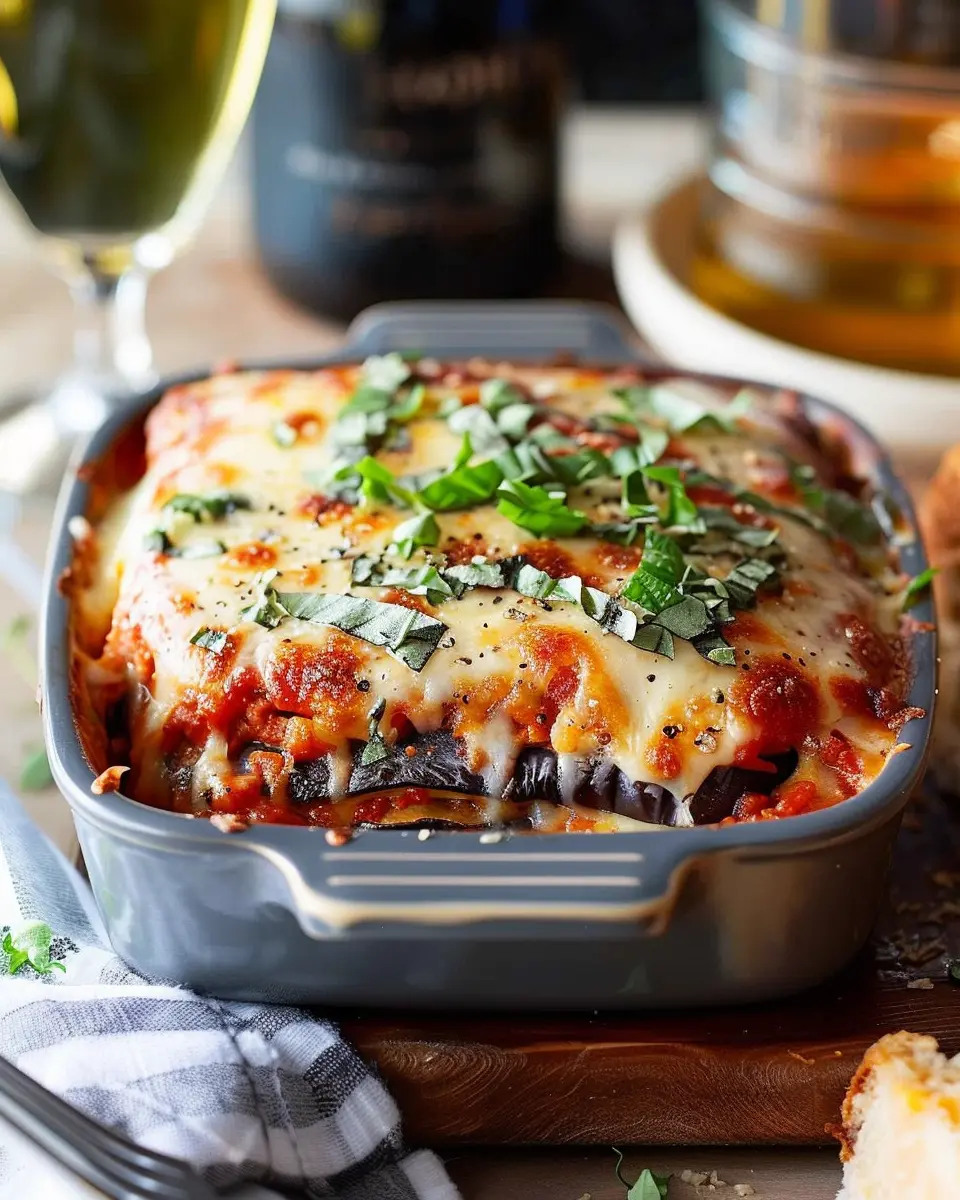Introduction to Amish White Bread
What is Amish White Bread and why is it a favorite?
If you’ve ever taken a bite of soft, fluffy bread that practically melts in your mouth, you’ve likely experienced the magic of Amish White Bread. This beloved recipe, originating from the Amish community, stands out for its simple yet scrumptious flavor, making it a household favorite across generations. But what exactly makes this bread so special?
Amish White Bread is characterized by its light texture and slightly sweet flavor, achieved through a straightforward combination of ingredients: flour, sugar, yeast, salt, water, and milk. It serves as a perfect base for a variety of toppings, whether you’re layering on a slice of Turkey Bacon or spreading on your favorite jam. Many people also appreciate its versatility, as it can be used for sandwiches, toast, or simply enjoyed right out of the oven.
The reasons behind its popularity extend beyond taste. For many, baking bread is a cherished tradition that evokes feelings of comfort and nostalgia. According to a study from the American Institute for Cancer Research, baking your own bread can be a healthier option since you can control the ingredients and avoid additives commonly found in store-bought varieties. Plus, there’s something so rewarding about pulling a freshly baked loaf out of the oven and filling your home with that delightful aroma.
Another interesting aspect of Amish White Bread is its community-centered nature. Recipes often get passed down through families, evolving over time while preserving their essence. If you’re lucky enough to have an Amish neighbor, they may even share their secret tips with you, adding a little bit of that wholesome, community spirit to your baking experience.
So why not give this recipe a try? Not only will you enjoy the fruits of your labor, but you might also find yourself reconnecting with your kitchen and embracing the delightful art of bread-making. Interested in more delightful bread recipes? Check out King Arthur Baking for helpful tips and variations!
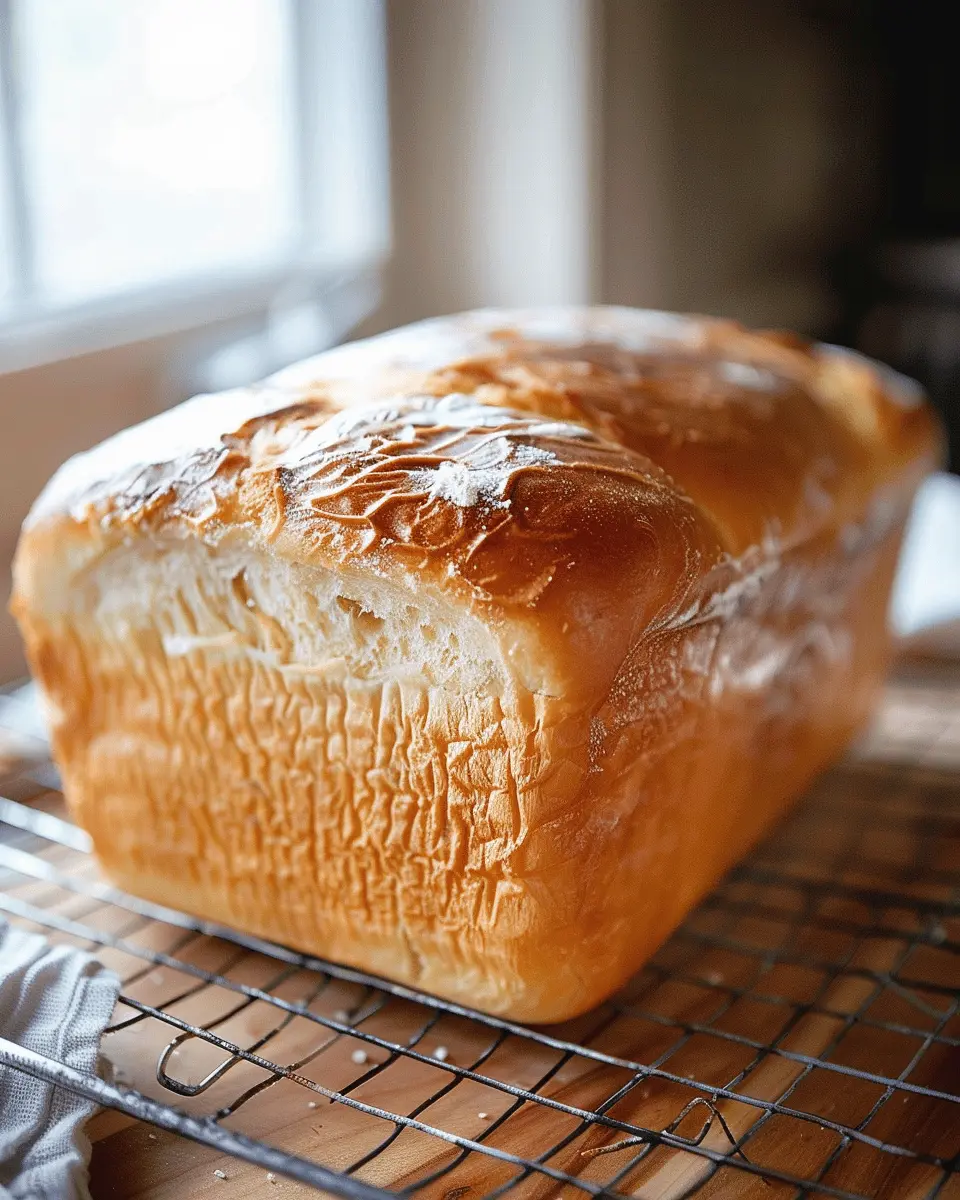
Ingredients for Amish White Bread
Creating Amish White Bread is not just about following a recipe; it’s an experience that brings warmth and comfort to your kitchen. Below are the key ingredients you’ll need to whip up this delectable bread, perfect for sandwiches or simply slathered in butter.
Essentials for Your Amish White Bread
- Warm Water (1 1/2 cups): Activate the yeast with water that feels pleasantly warm—think cozy bath temperature!
- Sugar (1/4 cup): A touch of sweetness to enhance the dough and help the yeast work its magic.
- Active Dry Yeast (2 tablespoons): The star ingredient that makes your bread rise and achieves that fluffy texture.
- Vegetable Oil (1/4 cup): Adds moisture and richness to your creation.
- Salt (1 teaspoon): Essential for flavor, don’t skip this important ingredient.
- All-Purpose Flour (4-5 cups): The foundation of your bread, giving it structure and body.
Using high-quality ingredients can make all the difference. For the flour, consider checking out brands like King Arthur or Bob’s Red Mill for exceptional results. If you’re new to baking, don’t hesitate to refer to essential baking guides for tips on how to knead and shape your dough like a pro. Happy baking!
Preparing Amish White Bread
Baking your own bread at home can be a wonderfully satisfying experience, and Amish White Bread is a classic recipe that’s easy to master. The soft, pillowy texture and slightly sweet flavor make this bread perfect for sandwiches, toast, or simply slathered with butter. Ready to dive in? Let’s get started!
Activate the yeast
The journey of making Amish White Bread begins with the most crucial step: activating the yeast. This process allows the yeast to awaken and begin working its magic.
- What you’ll need: 1 packet of active dry yeast (about 2 ¼ teaspoons) and some warm water (about 110°F, so not too hot but not cold).
- Instructions: In a small bowl, combine the yeast with ¼ cup of warm water and a teaspoon of sugar to give it a little boost. Stir gently and allow it to sit for about 5–10 minutes until it becomes frothy. This indicates that your yeast is alive and kicking!
If you’re unsure about the yeast, you can learn more about the activation process here.
Combine the wet ingredients
Once your yeast is fully activated, it’s time to combine it with the wet ingredients. This part is super straightforward and only requires a few components.
- Ingredients: In a large mixing bowl, combine the frothy yeast with 1/4 cup of sugar, 1/4 cup of vegetable oil, and 1 cup of warm milk.
Stir these ingredients together gently, allowing the sugar to dissolve completely. At this point, feel free to add a teaspoon of salt for flavor, but don’t skimp—salt enhances the taste beautifully.
Mix in the dry ingredients
With your wet ingredients mixed, it’s time to incorporate the dry ones.
- Ingredients: Gradually add 4 to 5 cups of all-purpose flour, one cup at a time, using a wooden spoon or a sturdy spatula.
Mix until the dough starts to pull away from the sides of the bowl. The goal is a soft dough that’s not too sticky. Pro tip: aim for a dough that is slightly tacky but is manageable. If you’re curious about the right flour-to-water ratio, check out more tips here.
Knead the dough
Kneading is where the magic happens! This action helps develop the gluten in the flour, leading to that delightful chewy texture we all love.
- Instructions: Turn the dough out onto a floured surface and knead for about 8–10 minutes. You’ll want to work it until it’s smooth and elastic. If it’s too sticky, don’t be afraid to sprinkle in a little extra flour—but avoid overdoing it to keep your bread light.
Let the dough rise
After kneading, it’s time to let the dough do its thing. Rising is essential for creating that airy texture.
- Instructions: Place the dough in a greased bowl, cover it with a clean kitchen towel, and let it rise in a warm, draft-free area for about 1 to 1.5 hours, or until it has doubled in size.
This is a great time to relax or prep your toppings for sandwiches!
Shape and place in pan
Once your dough has risen successfully, gently punch it down to release any air bubbles.
- Instructions: Turn the dough out onto a floured surface again, then shape it into a loaf. Prepare a greased loaf pan (9×5 inches works well), and place the shaped dough inside. Cover with the kitchen towel and let it rise for another 30 minutes.
Bake the bread
Finally, it’s the moment of truth: baking the Amish White Bread!
- Instructions: Preheat your oven to 350°F. Once heated, place the loaf in the oven and bake for 30-35 minutes, or until the top is golden brown and sounds hollow when tapped.
Let the bread cool in the pan for about 10 minutes before transferring it onto a wire rack to cool completely. Then, slice into your homemade creation and enjoy with your favorite spreads or toppings!
With these straightforward steps, your Amish White Bread will soon become a staple in your kitchen. Happy baking!
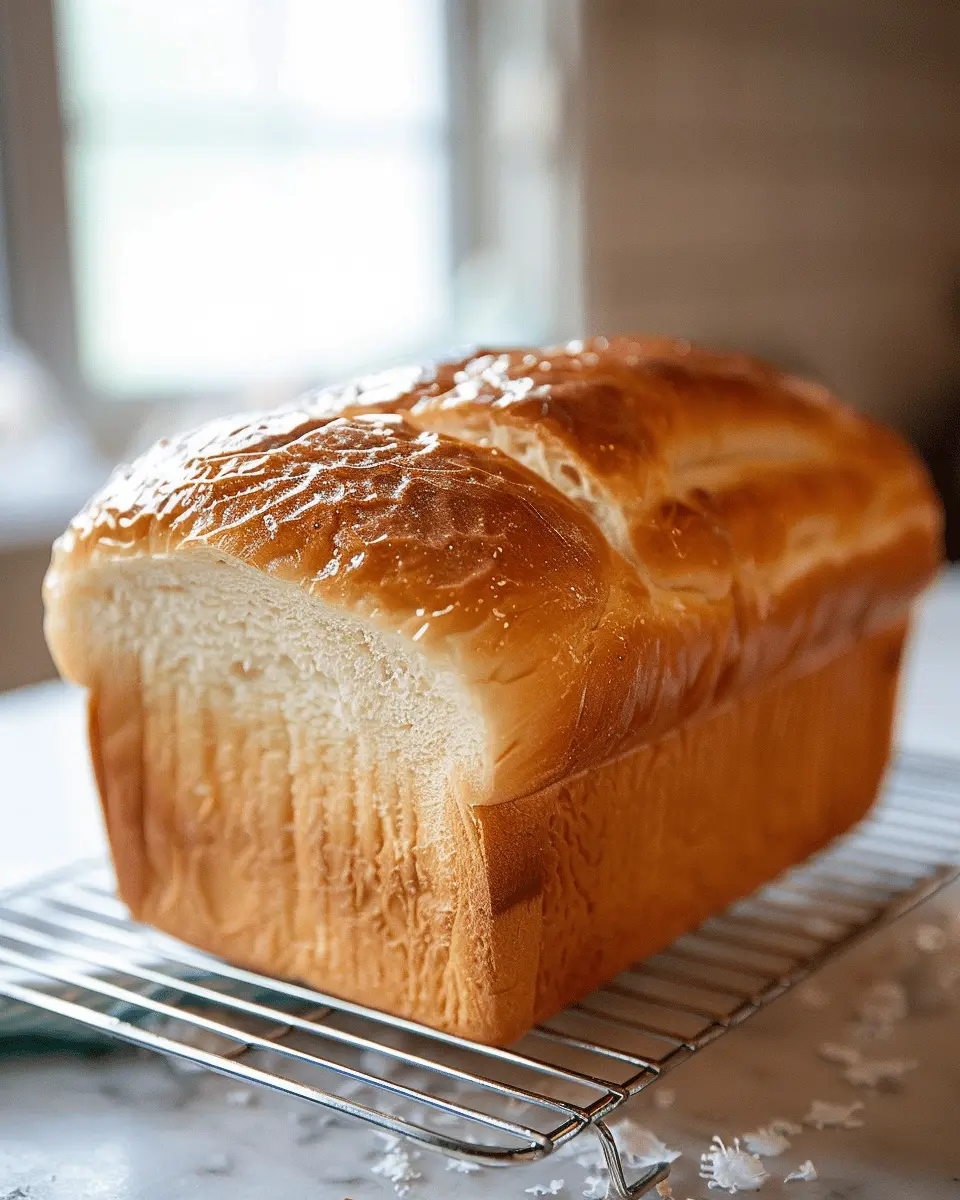
Variations on Amish White Bread
Amish White Bread is wonderfully versatile, and experimenting with different ingredients can elevate your baking experience. Here are some variations to consider, each adding a unique twist to this classic loaf.
Whole Wheat Amish Bread
For a heartier version, why not try Whole Wheat Amish Bread? By substituting half of the all-purpose flour with whole wheat flour, you not only boost the nutritional value but also introduce a delightful flavor. Whole wheat flour retains more fiber and nutrients, making your bread a healthier choice. It’s perfect for sandwiches or just toasted with a layer of your favorite nut butter. For tips on how to adjust your bread-making technique to accommodate whole wheat, check out resources from the Whole Grains Council.
Herb-Infused Amish Bread
Feeling adventurous? Infuse your Amish White Bread with a blend of fresh or dried herbs like rosemary, thyme, or basil. Simply mix 1-2 tablespoons of your chosen herbs into the dry ingredients before adding moist ones. This infusion will transform your bread into an aromatic delight, perfect as a side for soups or a base for sandwiches. Consider pairing it with a rich, homemade garlic-infused olive oil dip for a flavorful appetizer—the possible combinations are endless!
Sweet Amish Bread with Added Fruits
For those with a sweet tooth, consider making Sweet Amish Bread. Incorporating diced fruits like apples, mashed bananas, or even dried cranberries can create an enticing loaf. Sweet and fruity breads are fantastic for breakfast or a light dessert. To achieve the best results, reduce the sugar in your recipe slightly to balance out the sweetness of the fruits.
With these variations, your baking adventure with Amish White Bread can be both delightful and delicious. Happy baking!
Cooking notes for Amish White Bread
Tips for perfect dough consistency
Crafting the perfect Amish White Bread relies heavily on achieving a smooth and elastic dough. Here are some key pointers:
- Kneading: Knead the dough until it’s soft and elastic, which usually takes about 8-10 minutes. You’ll know it’s ready when it springs back after being poked.
- Flour Amounts: Add flour gradually. Start with the recipe’s recommendation, but be ready to adjust as humidity and flour types can affect the dough’s moisture.
- Texture Check: Aim for a tacky texture, but not overly sticky. If the dough sticks to your hands, sprinkle in a bit more flour.
Importance of letting the dough rise
Allowing your Amish White Bread dough to rise is non-negotiable! The yeast develops flavor and creates that airy texture we all love in bread.
- First Rise: Let the dough double in size—this can take about 1 to 2 hours depending on the temperature of your kitchen. Warmer environments speed up the process!
- Second Rise: After shaping, give it another rise. This final step ensures that you get that perfect loaf structure when baked.
When you respect these rising times, you’re not just waiting around; you’re actually building the flavor profile of your bread! For more tips on bread-making, check out resources from King Arthur Baking.
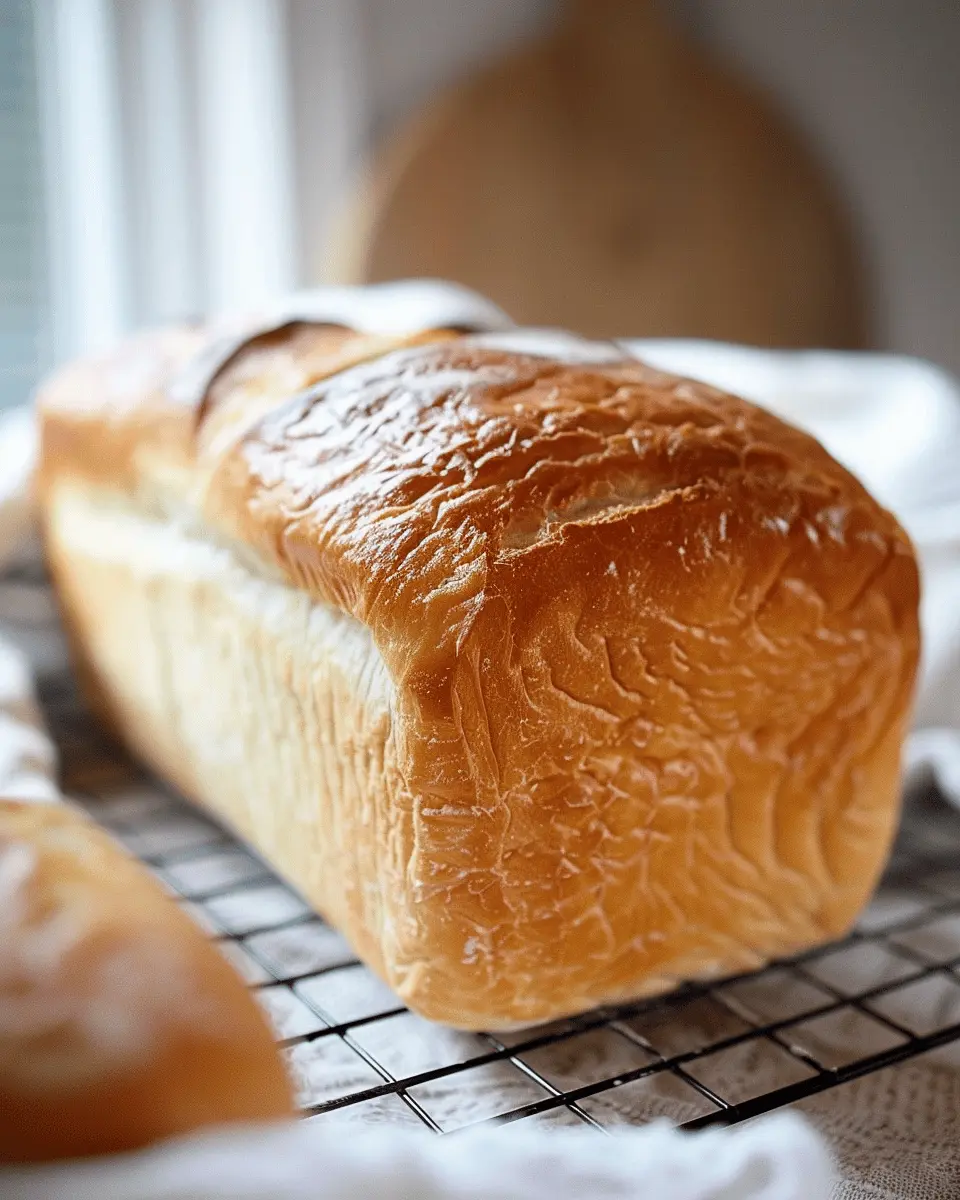
Serving Suggestions for Amish White Bread
Pairing with Spreads and Toppings
Amish White Bread is a versatile delight that deserves a starring role in all your meals! For breakfast, slather on some creamy butter or your favorite fruit preserves. Consider trying almond butter or a honey spread for a unique twist. If you’re in the mood for a savory kick, how about cream cheese with a sprinkle of chives?
What about a cozy evening snack? Toast a slice and top it with avocado and a pinch of sea salt—it’s simple, yet so satisfying. For more topping ideas, you can explore delicious options on The Kitchn.
Using as Sandwich Bread
When it comes to sandwiches, Amish White Bread is a go-to choice. Its soft texture makes every bite irresistible. Try a classic turkey bacon and cheese sandwich or fill it with chicken ham and fresh veggies for a heartier option. Pair your sandwiches with a refreshing side salad or homemade soup for a complete meal. The right ingredients can elevate your sandwich game, so be bold with flavors!
Tips for Making Perfect Amish White Bread
Choosing the Right Flour
When it comes to baking Amish White Bread, the type of flour you select can make a significant difference in texture and flavor. Opt for all-purpose flour or bread flour, both of which have the right balance of protein to create a soft and chewy loaf. Bread flour typically has a higher protein content, giving the bread structure. If you’re health-conscious, consider using a mix of whole wheat flour and all-purpose flour for added nutritional value without compromising too much on texture.
Common Mistakes to Avoid
Baking can be a bit tricky, especially if you’re new to making Amish White Bread. Here are some common pitfalls to steer clear of:
- Not measuring accurately: Baking is a science! Use kitchen scales or measuring cups to ensure you’re adding the right quantities.
- Over or under-kneading: Proper kneading develops gluten, which affects the bread’s rise. Aim for about 8-10 minutes of kneading until the dough is smooth and elastic.
- Ignoring the rise time: Give your dough enough time to rise. Patience is key—this step allows the bread to develop its characteristic flavor.
- Skipping the oven preheating: Always preheat your oven for an even bake. A hot oven helps create a great crust.
By avoiding these common mistakes and following these tips, you’ll be well on your way to baking a beautiful loaf of Amish White Bread. For more insights on bread baking, check out expert resources at King Arthur Baking or The Kitchn. Happy baking!
Time breakdown for Amish White Bread
Preparation time
Getting started on your Amish White Bread is a breeze! You’ll need about 15-20 minutes for preparation. Gather your ingredients, mix them together, and knead the dough for that perfect texture. Pro tip: use a warm bowl for your ingredients; it can help jumpstart the yeast process.
Rising time
The magic happens during the rising phase, which takes about an hour. After kneading, cover your dough and let it rest in a warm place. The yeast will work its wonders, making the dough fluffy and ready for baking. This is a great time to tackle other tasks around the house or enjoy a quick break!
Baking time
Once your Amish White Bread has risen beautifully, it’s time for baking! Preheat your oven and let it bake for approximately 30-35 minutes. Your kitchen will soon smell heavenly, and that golden crust is sure to make your mouth water.
Total time
In total, you’re looking at about 2 hours for the entire process, including preparation, rising, and baking. Keep in mind that this delightful homemade bread is worth every minute! For more tips on creating the perfect loaf, you might want to check out King Arthur Baking’s advice on bread making. Happy baking!
Nutritional facts for Amish White Bread
Understanding the nutritional value of Amish White Bread can help you make informed choices for your meals. Here’s a quick breakdown:
Calories
One slice of Amish White Bread typically contains about 80 calories. This makes it a perfect base for a variety of delicious toppings without adding too much to your daily intake.
Nutritional breakdown
When it comes to the macronutrients, one slice generally offers:
- Carbohydrates: Approximately 14 grams, providing a quick energy source.
- Protein: Around 2 grams, essential for muscle repair and growth.
- Fats: About 1 gram, which is minimal but contributes to the overall texture.
This bread is rich in carbohydrates, making it an excellent choice for a quick breakfast toast topped with nut butter or enjoyed as part of a hearty sandwich. For more details on wholesome bread options, check out resources like the American Heart Association for balanced dietary insights.
FAQs about Amish White Bread
When it comes to baking Amish white bread, it’s natural to have a few questions. Here, we’ll tackle some common queries to ensure your baking experience is as smooth as that lovely dough.
How can I tell if my bread is done?
Nobody wants to slice into a loaf only to discover it’s undercooked. To check if your Amish white bread is finished baking, look for these key indicators:
- Color: The crust should be a lovely golden brown.
- Sound: Tap the bottom of the loaf; it should sound hollow.
- Temperature: A food thermometer should read about 190°F (88°C) when inserted into the center.
For a more in-depth look into bread baking tips, you can refer to King Arthur Baking’s expert advice.
Can I freeze Amish White Bread?
Absolutely! Freezing is a great way to extend the life of your Amish white bread. Once cooled completely, wrap the loaf tightly in plastic wrap or aluminum foil and place it in an airtight container. It can be stored in the freezer for up to three months. When you’re ready to enjoy it, just let it thaw at room temperature or pop it in the toaster for a quick warm-up.
What can I do with leftover bread?
Leftover Amish white bread can be a delightful treasure! Consider these options:
- French Toast: Transform slices into a delicious breakfast.
- Croutons: Cube and toast them to add some crunch to salads.
- Bread Pudding: A hearty dessert that minimizes waste while satisfying your sweet tooth.
If you’re on the hunt for more creative ideas, check out Food52’s collection for inspiration.
Happy baking, and remember, there’s no wrong way to enjoy your Amish white bread!
Conclusion on Amish White Bread
The joy of homemade bread and its benefits
Making Amish White Bread at home is more than just following a recipe; it’s about creating a warm, comforting experience that nourishes both body and spirit. Homemade bread not only tastes better than store-bought options but also allows you to control the ingredients. Plus, the aroma that fills your kitchen as it bakes is simply irresistible!
Benefits of crafting your own bread include:
- Healthier ingredients: You know exactly what goes into your loaf.
- Cost-efficient: Homemade often saves you money in the long run.
- Creative expression: Experiment with flavors and textures.
So why not roll up your sleeves and embrace the baking journey? Enjoy the process, and share it with loved ones for even more joy! If you’d like to learn about the science behind bread-making, check out resources like King Arthur Baking.
PrintAmish White Bread: Easy Recipe for Homemade Comfort Bread
Experience the warmth of homemade Amish White Bread with this simple recipe that brings comfort to every slice.
- Prep Time: 15 minutes
- Cook Time: 30 minutes
- Total Time: 1 hour 45 minutes
- Yield: 2 loaves 1x
- Category: Bread
- Method: Baking
- Cuisine: American
- Diet: Vegetarian
Ingredients
- 2 teaspoons active dry yeast
- 2 cups warm water
- 1/4 cup sugar
- 1 tablespoon salt
- 1/4 cup vegetable oil
- 5 to 6 cups all-purpose flour
Instructions
- In a large bowl, dissolve yeast in warm water. Add sugar, salt, and oil, and stir.
- Add flour, one cup at a time, until the dough is no longer sticky.
- Knead the dough for about 10 minutes until smooth.
- Place the dough in a greased bowl, cover, and let rise until doubled in size.
- Punch down the dough and divide it into two loaves.
- Place the loaves in greased pans and let rise again.
- Bake at 350°F (175°C) for 30 minutes or until golden brown.
Notes
- For a sweeter bread, add more sugar.
- Ensure the water is not too hot to avoid killing the yeast.
Nutrition
- Serving Size: 1 slice
- Calories: 80
- Sugar: 1g
- Sodium: 160mg
- Fat: 2g
- Saturated Fat: 0g
- Unsaturated Fat: 0g
- Trans Fat: 0g
- Carbohydrates: 15g
- Fiber: 1g
- Protein: 2g
- Cholesterol: 0mg
Keywords: Amish White Bread, homemade bread, comfort bread
